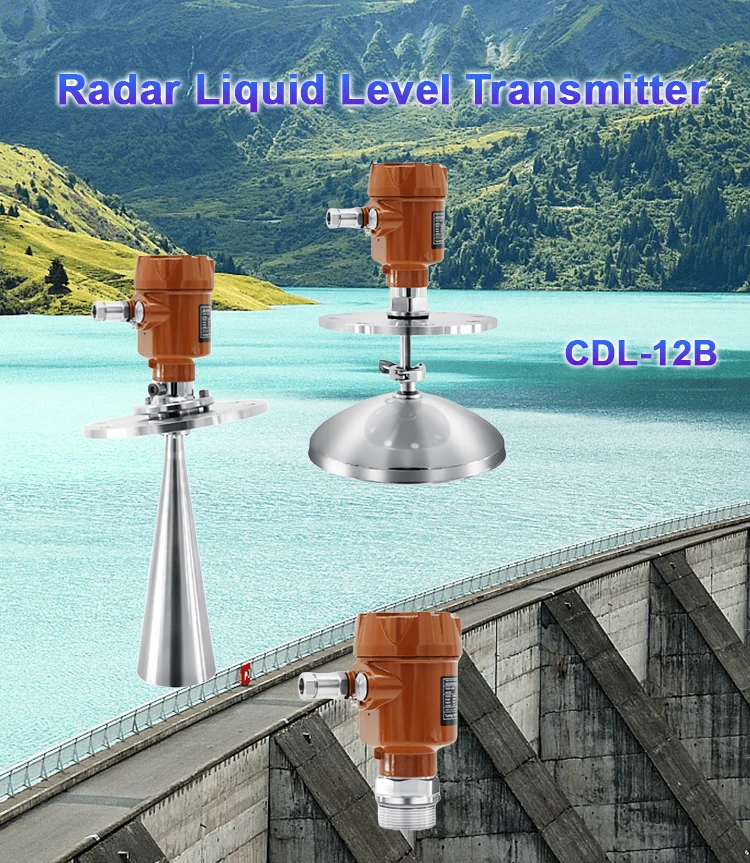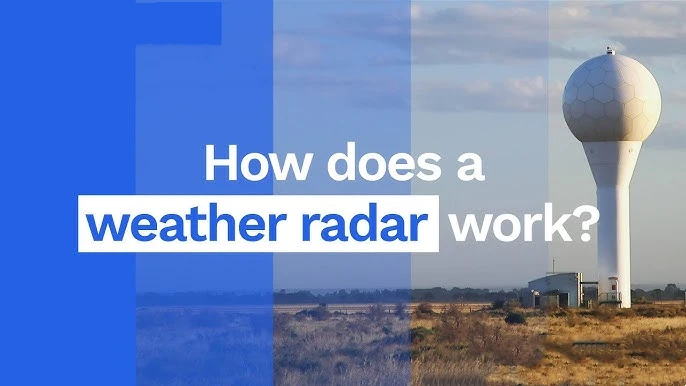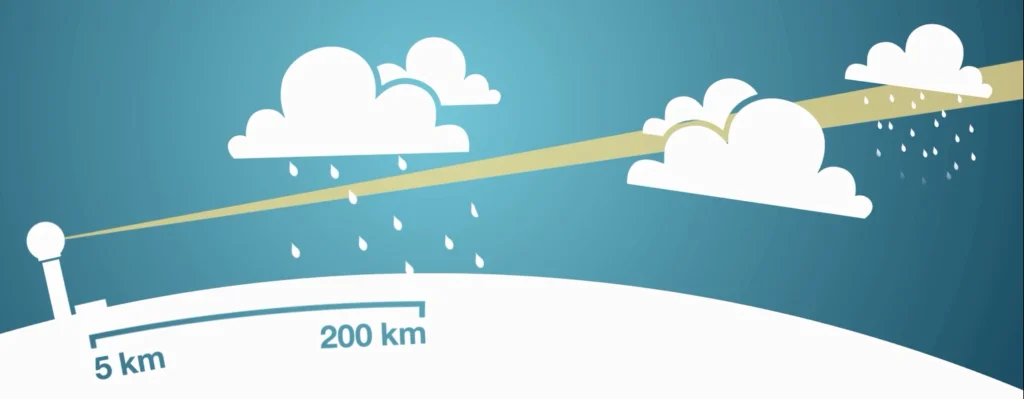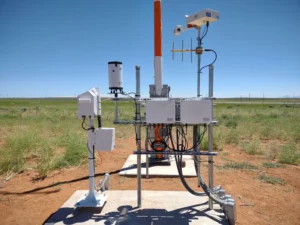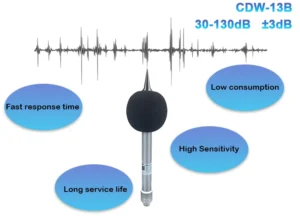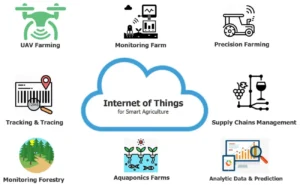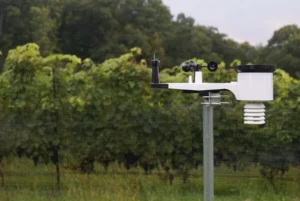What is a weather radar and its functioning?
Picture a thunderstorm brewing in the distance or a hurricane sweeping across vast regions. Weather radar is crucial for tracking, predicting, and managing weather events. It is a key tool for safety and preparedness during severe weather.
Understanding Weather Radar: Key Parts and Functions
A weather radar system is a complex setup. It has antennas,transmitting and receiving, and data processing units. Each element plays an important role in collecting and studying weather data.
Antennas:
These are the main sensors of the radar. They both send and receive radio waves. They send out strong EM transmit pulse that can pass through clouds and rain. This helps collect data from far away.
Transmitters:
Transmitters act as the radar’s energy source. They create the radio detection and ranging continuous wave that radar antenna send out. These wave radar are sent out in short pulse, controlled bursts. This helps save energy and keeps accuracy high.
Receivers:
When the waves hit raindrops or snowflakes and bounce back, the radar receiver picks up the signals. The echoes returned time and strength of these signals provide key information about particle size, distance, and movement.
Data Processing Systems:
Advanced algorithms change raw radar signals into useful information. With this technology, weather experts can make clear weather maps and forecasts. This helps them understand the weather better.
These parts work together to form a system. This system shows a full view of weather patterns and helps with accurate forecasts.
How Weather Radar Detects Rainfall and Movement
When radio waves bounce off water droplets or ice crystals, they create patterns of reflected signals. Radar uses the Doppler effect to study changes in wave frequency. This helps find out how fast and in what direction particles move. This skill helps us see how strong a storm is and follow its path over time.
Different Types of Weather Radar and Their Uses
Different types of radar systems meet specific weather needs.
S-Band Radars:
They typically have a range of 300 to 500 kilometers. This makes them good for tracking weather over large areas for a long time. While it is good for big predictions, it has less detail than other radar systems.
C-Band Radars:
These radars balance range and resolution. They can find objects from 600 to 1,000 kilometers away. These tools are often used in weather and flying.
They give detailed forecasts. They are very helpful for small areas or specific places, like airports.
X-Band Radars:
X-band radars are made for short-range, high-resolution forecasting. They can detect small particles very accurately. They are especially useful in cities or for local weather forecasts that need detailed information.
These different abilities help meteorologists pick the best radar type for their needs. They can watch big areas or look closely at local weather.
Transforming Raw Radar Data into Usable Information
Once radar systems gather data, special software turns raw signals into visual maps or charts. Meteorologists can then read these. Advanced algorithms sort different types of rainfall, such as rain, snow, or ice.
They also provide extra details about wind speed and direction. This information helps make accurate predictions of current weather and future changes.
Challenges and Limitations of Radar Technology
Weather radar is effective, but it has some limitations. Dense rain, hail, and certain clouds can distort signals. Also, interference from other electronic devices can affect accuracy.
To solve these problems, networks of doppler radars are used. They give a clearer view of weather conditions. Calibration methods and new technology also improve reliability.
The Future of Weather Radar: Emerging Innovations
New weather radar technology offers exciting possibilities.
AI and Machine Learning are changing how we look at data. They can quickly process big datasets and find patterns that people might overlook. This not only improves prediction speed but also enhances long-term accuracy.
Phased Array Radar: This technology uses many antennas to steer a radar narrow beam across the sky. It allows for faster and more detailed scanning of weather conditions. It provides better resolution and faster response. This helps meteorologists keep up with quickly changing storms.
New longer wavelengths: New systems using millimeter waves can detect smaller particles with great accuracy. These new ideas allow us to observe rainfall, cloud behavior, and storm activity in more detail.
With these advancements, weather radar is becoming a stronger tool for understanding the atmosphere. This helps us get ready for extreme weather events and lowers their risks.
Conclusion
Weather radar is very important in modern weather forecasting. As technology gets better, we can expect more accurate weather forecasts. This will help us get ready for natural disasters. It will also help us plan our daily activities better.
